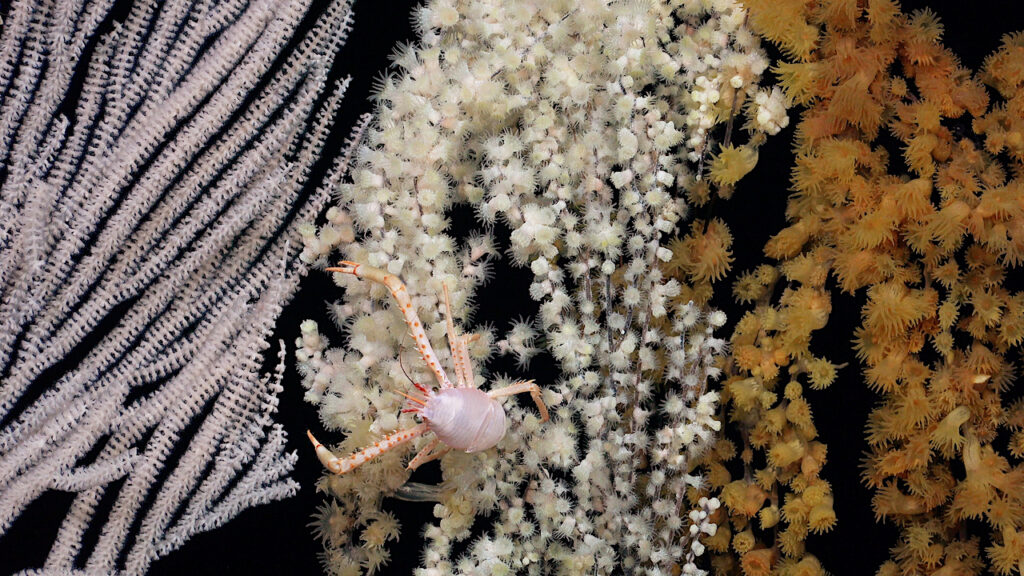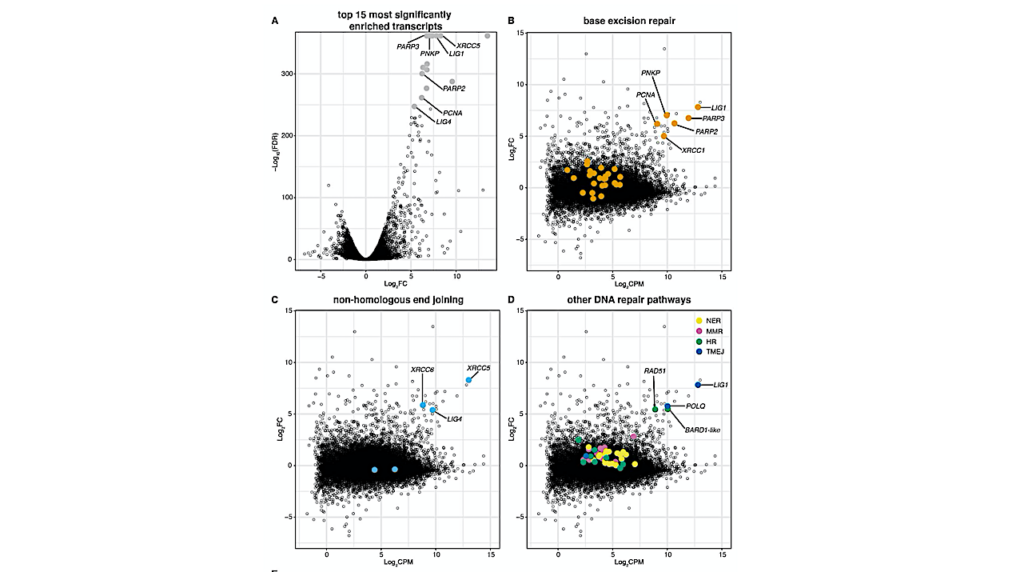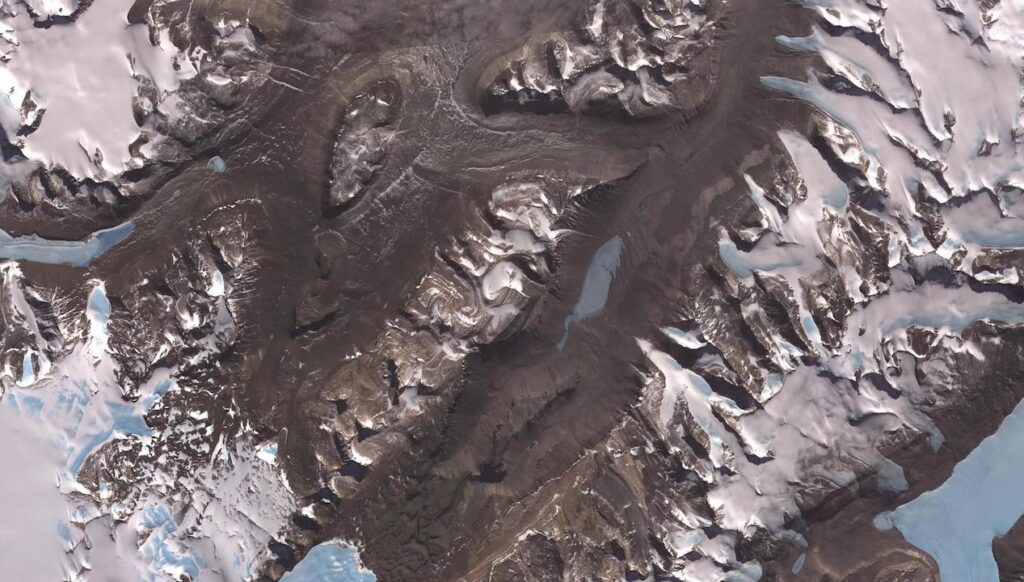Expedition Aims to Answer How Far Beneath The Earth Life Can Survive

A geologist from the University of Aberdeen is taking part in an ocean expedition that aims to discover how far beneath the Earth life can survive.
Dr Stephen Bowden is among a team of 31 researchers from the International Ocean Discovery Programme (IODP) who will sail on board the D/V Chikyu research vessel to the Nankai Trough, off the coast of Japan.
The expedition, which gets underway next week, has been compared to a space mission in terms of its complexity.
The IODP team from will drill deep beneath the seafloor, where layers of sediment and rock reach temperatures of 130°C, to collect core samples that will be flown by helicopter to an onshore lab.
The samples will be analysed to find out how hot is too hot for simple microbial life living beneath the seafloor.
By establishing the depth of Earth’s habitable zone the research team hope to answer some fundamental questions about how the subsea biosphere affects life at the surface, and perhaps even discover new insights into the origins of life.
Dr Bowden, who will be blogging from the expedition, said: “The aim of the expedition is to explore the depth at which sediments and rocks become too hot for life, by drilling deep beneath the surface and extracting samples that can be tested in the lab.
“We will be sailing to the Nankai Trough, a plate boundary zone 120km off the coast of Japan where the ocean depth is 4.7 kilometres, to drill 1.2 kilometres beneath the sea floor. The Nankai Trough offers unique conditions where heat flow is particularly high, with temperatures approaching 130°C.
“Based on previous IODP data, we expect to find the upper temperature limit of life beneath the sea floor to be between 90°C and 120°C, but this expedition is using more advanced technologies and analysis that could lead to a breakthrough in our knowledge.
“One of the lead scientists on the expedition has described it as being as complex as a space mission, and like a space mission there are vast opportunities for discovery.”








